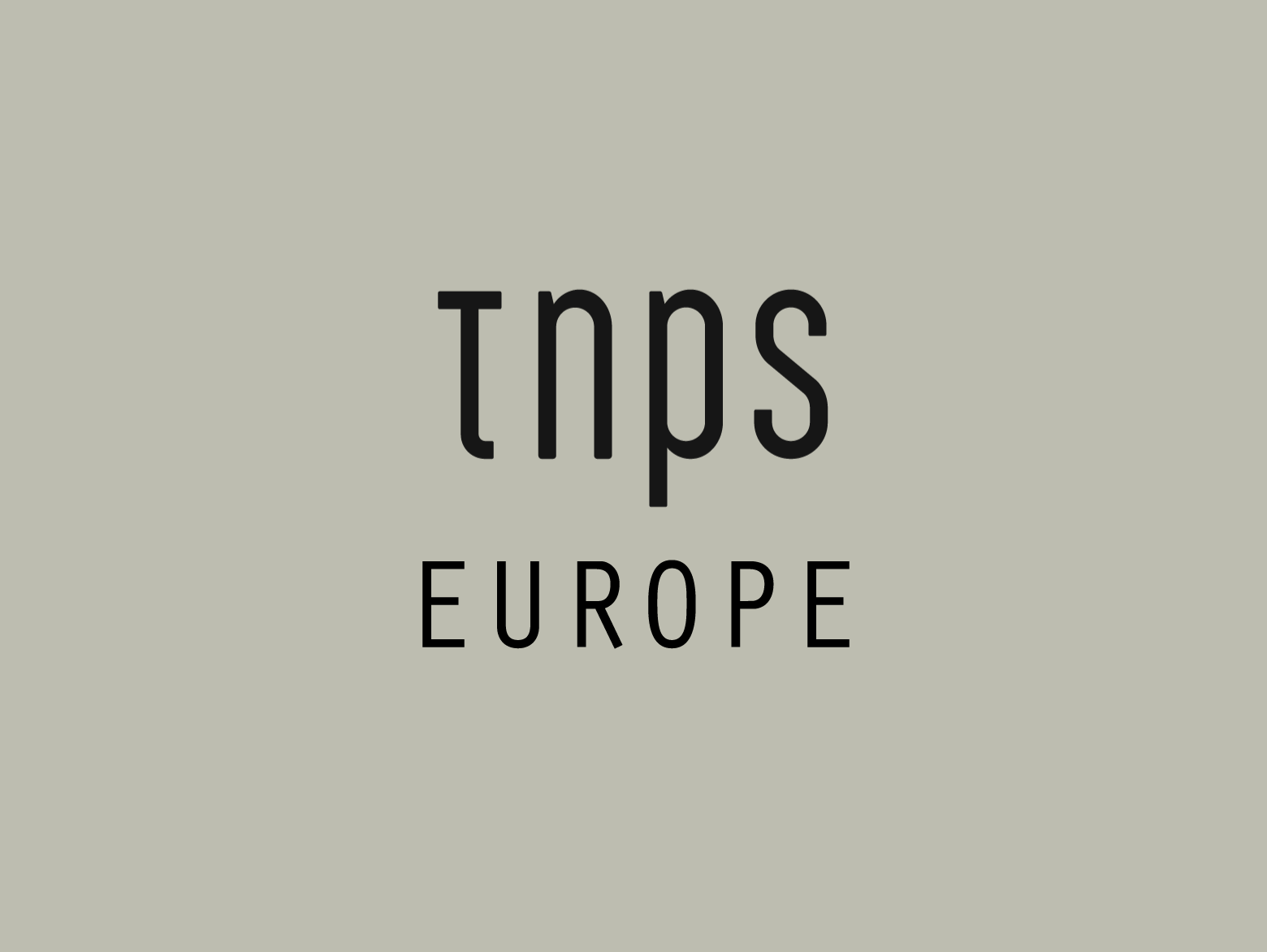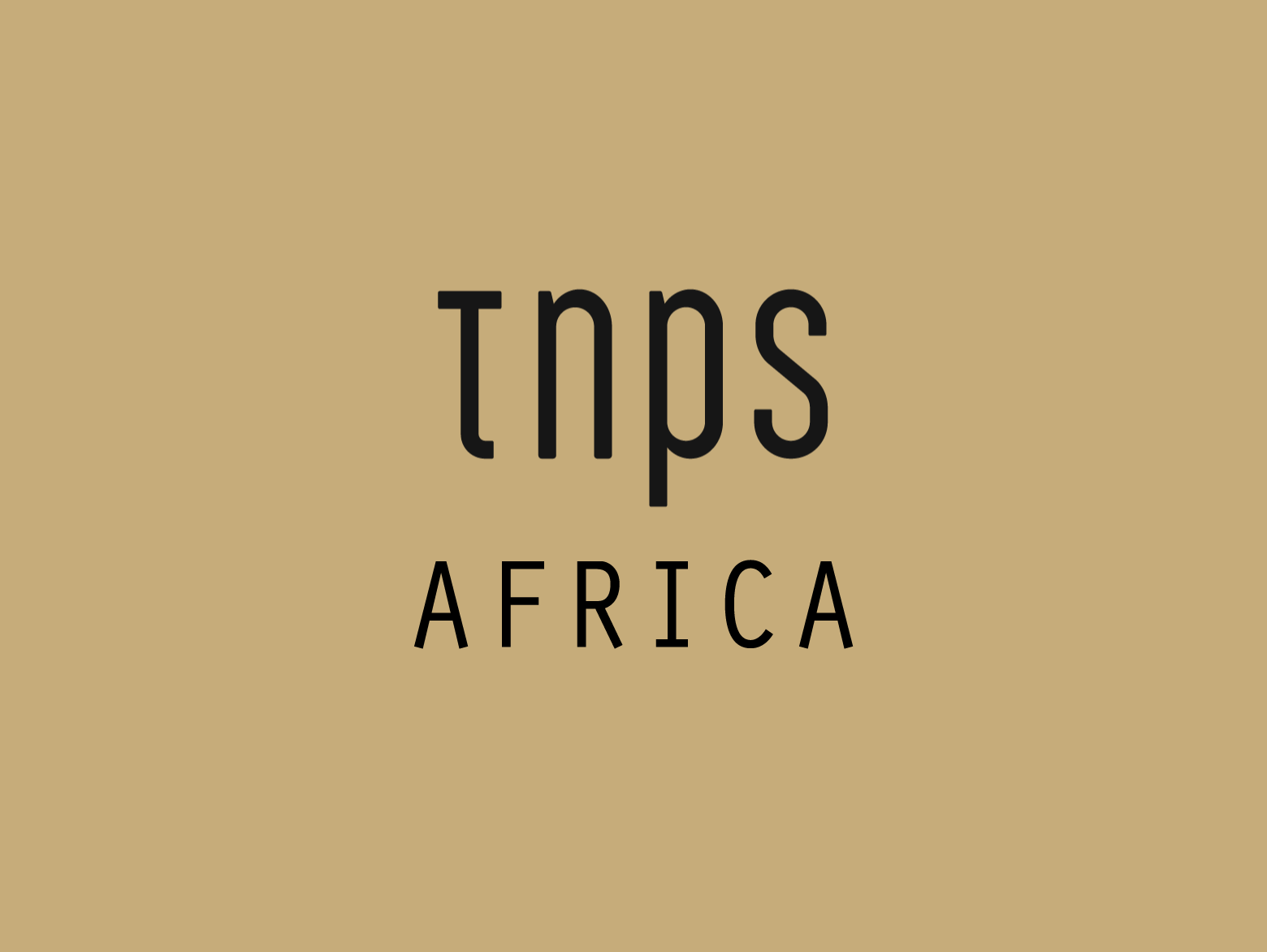The rise and rise of audiobook and ebook subscription streaming across the Scandinavian countries has been mentioned here at TNPS so often it hardly needs rehearsing again.
But this week the tremendous interest in digital reading in northwest Europe takes on new significance as we learn that video-streaming is still rising in these same countries, blowing apart the “attention economy” notion that many pundits cite to explain supposed falling book sales.
Rapid TV New covered the Mediavision study thus:
SVOD services were increasing particularly quickly in the Nordics and that by spring 2019 the number of subscribing households had increased 16% compared with the same period last year.
Growth was being driven both by stacking — that is households signing up for an increasing number of services — and companies offering new packaging deals. The analyst calculated that Nordic SVOD households subscribe to 1.7 services on average, which marks another significant increase year-on-year.
Mediavision also attributed the increasing number of subscriptions to new forms of service packaging. It observed that telcos offering streaming services bundled with traditional TV or broadband was becoming more common and that operators’ sales of buy-through streaming has increased significantly since last year.
With all that I mind, just a reminder here of typical TNPS headlines in recent months:
Now let’s head over to Mike Shatzkin, who earlier this month picked up on a piece by Kobo CEO Michael Tamblyn.
Tamblyn argued that we are in a new era of publishing – the attention economy.
Shatzkin takes it up like this:
The change Tamblyn is pointing to now is, by its nature, both much broader and much more pervasive than the ones that preceded it which really only were about book formats and book sales channels.
On the other hand, anybody reading or reading about a book can at the next minute be interrupted by an offer of a more enticing article or video or Ted talk, also available in a click and, much more often than with a book, for free.
The print book itself provides a “closed” experience, one that has no built-in interruptions, only better places and less good places to interrupt the experience yourself. As digital content consumption has moved to mobile devices, however, every content consumption experience becomes easy to interrupt.
That’s bad for books in two ways. One is that any online book reading we do is likely to come with interruptions that no author or editor would be happy to contemplate as they think about their readers’ experience. And the other is that those interruptions all represent competition for attention, which is what Tamblyn was focused on, most of which are cheaper than what you want to get for a book.
Okay, first we have the print book “closed experience” vs. reading on a mobile device.
Let’s leave aside here that many mobile devices will be ereaders that are just as much a closed experience as a printed book.
The implicit suggestion here is that if someone buys a print book they will immediately switch off their phone, tablet, TV, radio and other devices and unhook the landline so they won’t be interrupted by the joy of reading print.
Because let’s be honest, unless they do just that then they are prone to EXACTLY the same interruptions as they would be if they were reading the book on the phone screen. Holding a physical book in your hand does not miraculously stop the phone ringing, stop Netflix streaming the latest movie, stop text messages pinging, or stop the baby crying, the carol singers singing or the neighbours squabbling.
The problem with all this is we’ve heard it all so many times before. Cinema will kill reading. TV will kill reading. VHS cassettes will kill reading. Music streaming will kill reading. Video games will kill reading. And now video streaming will kill reading.
Hey, so will cooking, eating, having a full-time job, bringing up kids, sleeping too much…
Yet readers still find time to read. And, if we can bear to step outside the comfort zone of “reading a book” only counting when it’s ink on paper, then any serious look at the evidence suggests people are reading more, not less.
The evidence from Scandinavia is pretty conclusive, but let’s briefly consider the big bad barometer that is the US book market, and hark back to the headline of this piece – the “perceived” fall in book sales.
The problem there is that what we really mean is the shift in the way books are consumed.
Time was, we got out milk delivered daily to the doorstep in pretty glass bottles.
Nowadays we buy our milk in plastic containers from supermarkets. The humble milkman and his “float” are a rare sight indeed.
But is anyone screaming that we are drinking less milk? Is the dairy industry on its knees?
Quite the opposite. Milk consumption soared as we became less reliant on our daily delivery, offered more choice of milk, and also as we embraced new consumption models like coffee houses serving frothy lattes.
It’s the same with music. Vinyl stores and CD stores are largely a thing of the past, but no-one is for one second suggesting people are listening to less music. They just consume it in different ways, via different sources, and with far, far more choice than ever existed before.
And so it is with books. Okay, so maybe we don’t buy as many print books at the high street bookstore as in yesteryear, but are fewer books being consumed?
The reality is that not only is print holding its own against the endless appeal of Netflix, Spotify or whatever this week’s book industry bogeyman is, and co., but ebooks are at the very least stable, and likely still strong if we don’t just take the “official” numbers but also factor in ebook transactions from indie authors, and through libraries –
and, yes, through subscription services –
As for audiobooks… Be serious. It’s headline news pretty much every day as audiobook sales soar.
At which point, let’s remind ourselves that most of that growth in audiobooks that so excites the publishing industry right now is happening thanks to the smartphone, the very device being demonised by the “attention economy” brigade who are telling us people haven’t got time for books any more.






Great writing job, Mark, and a good read.